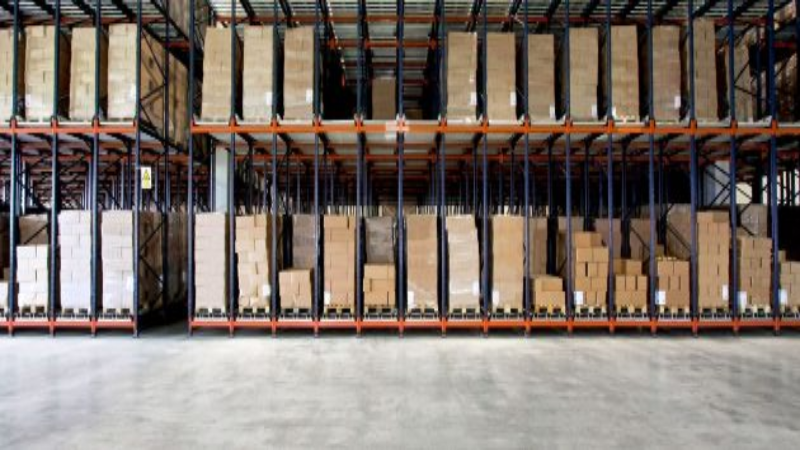In today’s fast-paced business climate, effective warehousing systems are essential for a company’s success. The seamless transfer of commodities from manufacturers to consumers is primarily dependent on the strategic management of these processes. Understanding the complexities of warehousing and distribution is critical for companies looking to optimize their supply chains and increase customer satisfaction.
The Function of Warehouses in Supply Chain Management
Warehousing is the foundation of supply chain management, providing a central facility for holding items until they reach their final destination. It plays a crucial role in inventory management by enabling firms to store merchandise until their needs arise. This strategy helps businesses manage ideal inventory levels and decreases the likelihood of stockouts or overstocks. One of the key advantages of storage is the ability to provide efficient order fulfillment. Companies can save money on transportation and shorten lead times by strategically locating warehouses near markets. Modern warehousing solutions frequently combine modern technology, such as warehouse management systems (WMS), to expedite operations and improve inventory tracking accuracy. This technology ensures maximum efficiency in the storage, selection, and dispatch of products, leading to improved service levels.
Distribution Strategies for Success
Distribution is the next crucial phase in the supply chain, which includes the transportation and delivery of items to clients. A well-thought-out distribution strategy is critical for meeting client expectations and preserving a competitive advantage. Companies must select the most efficient methods for getting their items into the hands of customers, whether through direct shipping, third-party logistics (3PL) suppliers, or a hybrid strategy. The distribution channels used can have a major impact on operational efficiency and cost-effectiveness. For example, establishing regional distribution hubs enables enterprises to reach a client base while minimizing transportation expenditures. This method is beneficial for businesses with a wide range of products and varying consumer requirements.
Another critical part of the distribution is the incorporation of technology. Many organizations today use data analytics to improve their distribution methods. Companies can make intelligent distribution decisions by evaluating customer behavior, demand trends, and transportation costs. This data-driven strategy not only boosts efficiency but also increases overall customer happiness.
Sustainability is becoming more valuable in warehousing and distribution. Companies are looking at eco-friendly methods, including adopting energy-efficient facilities and optimizing transport routes to reduce carbon footprints. This commitment to sustainability not only appeals to environmentally concerned consumers, but it also typically results in long-term cost benefits.
Optimizing Operations for Enhanced Efficiency and Customer Satisfaction
Warehousing is a critical component of modern supply chain management. A well-structured warehousing system ensures effective inventory management, order fulfillment, and market responsiveness. Effective distribution strategies allow businesses to distribute items swiftly and cost-effectively. Businesses that embrace technology and sustainable practices can improve their warehouse and distribution operations, resulting in higher customer satisfaction and a competitive edge.



